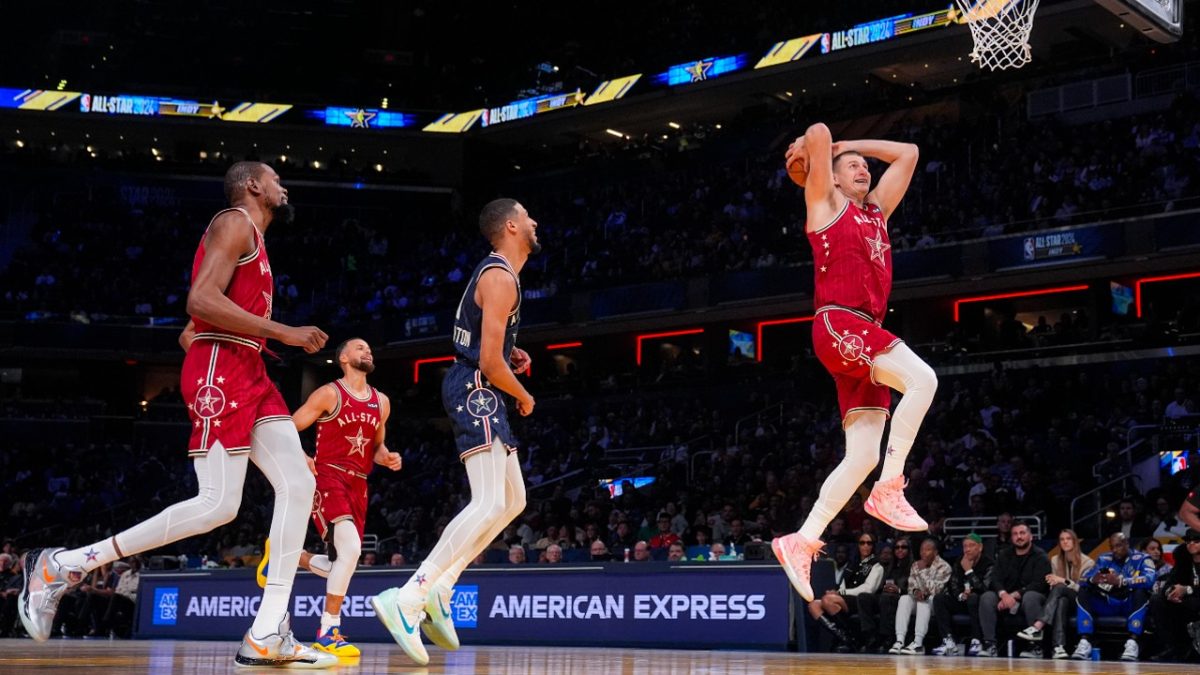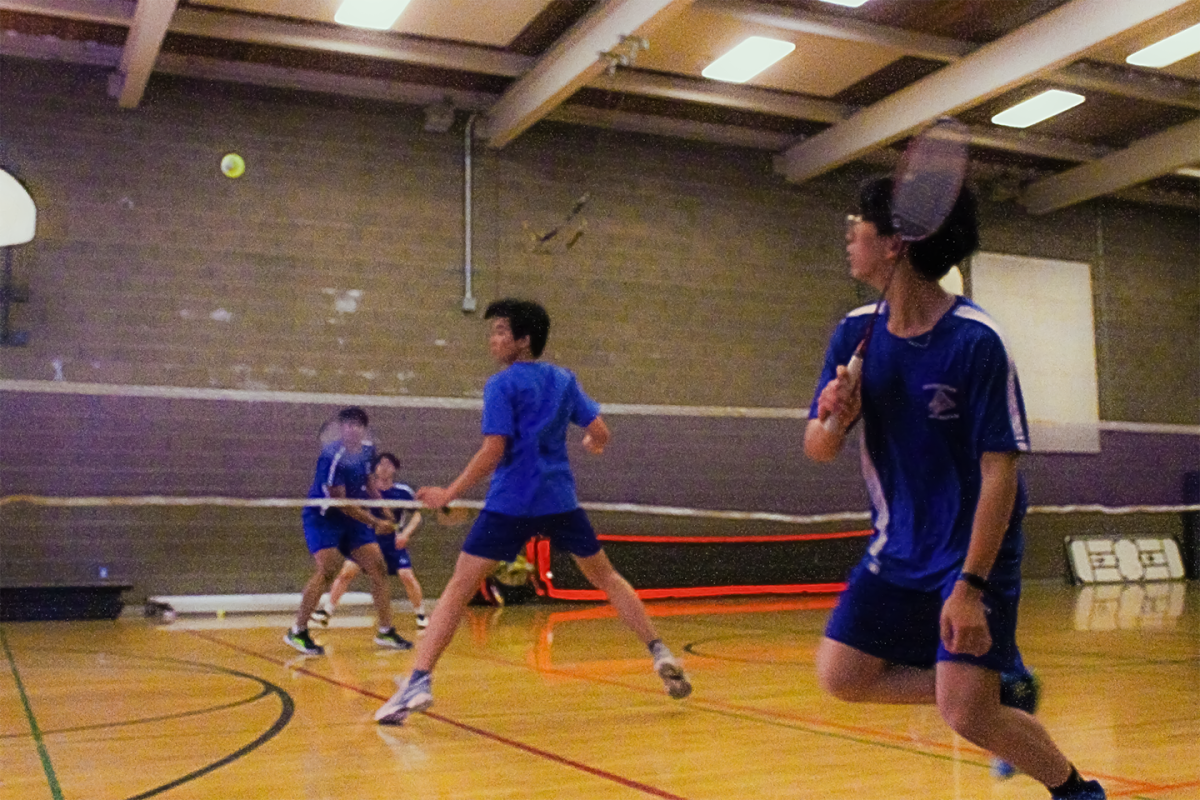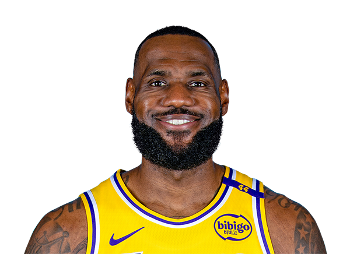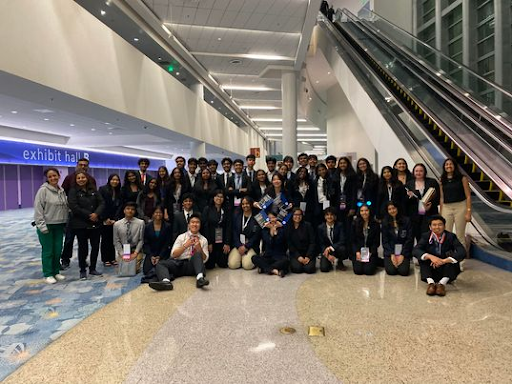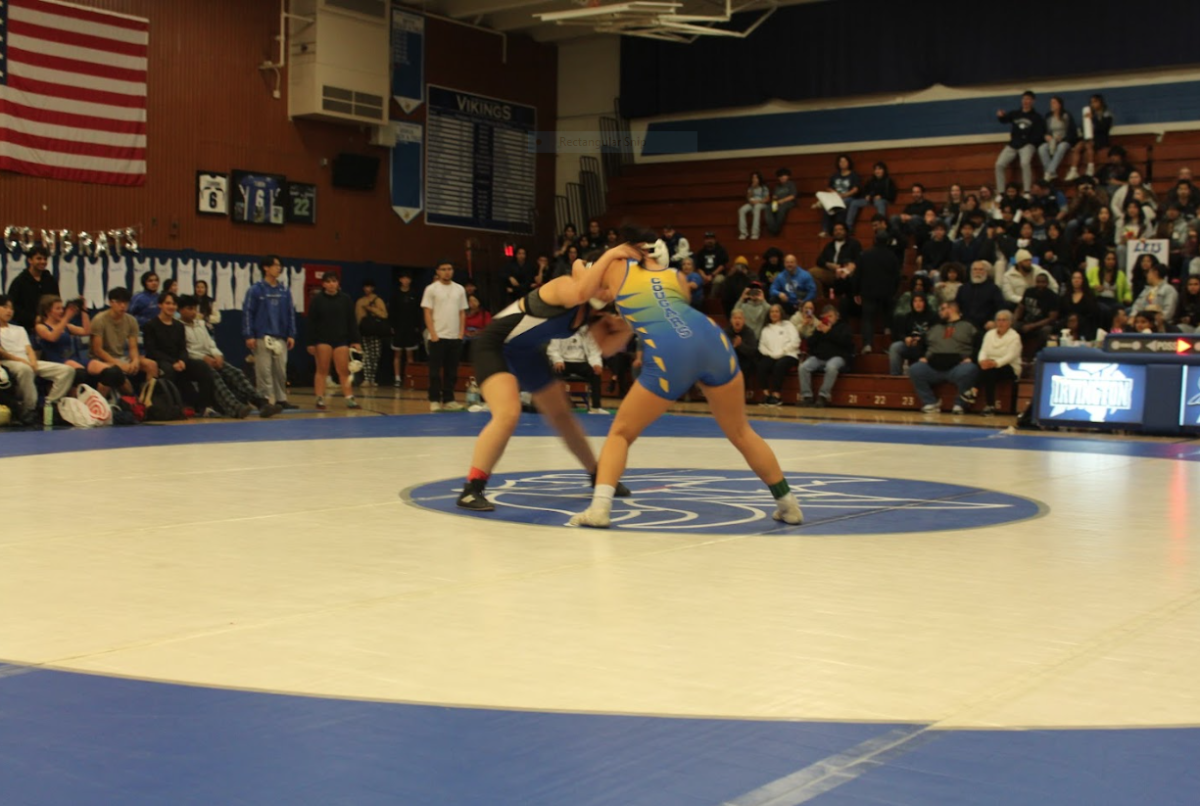Over the past decade, there have been numerous changes to the NBA, fundamentally altering how the league functions.
Perhaps most prominent in recent NBA news, overhauls to the All-Star system and experimentation with the game’s structure and format continue. In efforts to maintain a fresh, new feel to the game and keep it engaging for both players and audiences alike, the league has shifted from its traditional East vs. West matchups. Instead, captains now select their teams from a pool of All-Stars randomly, regardless of any conference affiliation. Additionally, it opts to increase anticipation by holding its player drafts right before the tip-offs.
A new “Target Score” system has also been implemented. Instead of the game clock running out, teams play until they reach a threshold score set by the league in the final quarter, requiring players to stay competitive which posed as an issue in previous years.
The NBA has begun to cater more towards its international fanbase as well, hosting games in cities from Mexico City to London and more European and African players rising to prominence.
Stars like Giannis Antetokounmpo, Luka Dončić, and Joel Embiid don’t just change the balance on the floor but extend the league’s international reach. This has created a flood of diverse worldwide talent, and with it, a more diverse style of play that emphasizes versatility, shooting range, and strategy. Given that, it forces the concept of traditional “big-man” roles to change with the modern definition that players such as Nikola Jokić and Joel Embiid have brought to the center position.
Resting stars are also being accommodated differently in the league now. Players such as Kawhi Leonard have been widely criticized for not playing games to stay healthy and ready for playoffs, so in 2017, the league established that teams cannot place healthy players on rest during any highly publicized game. Fines for disobeying the policy could reach up to $100,000. Some of the other regulations are the following:
- “No more than one-star player unavailable for the same game”
- “Teams must ensure star players” are available for nationally televised games
- “Teams must maintain a balance between the number of one-game absences for a star player in home games and road games”
The NBA has made this conscious decision not only to help dwindling viewership rates but also to assist the gambling market that relies so heavily on these games.
Previously, challenges were limited to a review of who last touched the ball. Still, under new rules, officials will also consider if an out-of-bounds violation triggers a challenge, and whether a foul near the violation should have been called. Distance and time between the foul and violation will all be considered. Depending on whether a foul is called, the disadvantaged team might get free throws if they’re in the penalty. This rule change follows a unanimous recommendation by the NBA’s Competition Committee looking for more equity in officiating after a season in which 59.2% of all coaches’ challenges resulted in overturned calls.
Be it format changes, international reach, player-management strategies, or off-court regulations, one thing is clear: the league is willing to do anything and everything to maintain its dynamic and engaging viewership experience.


